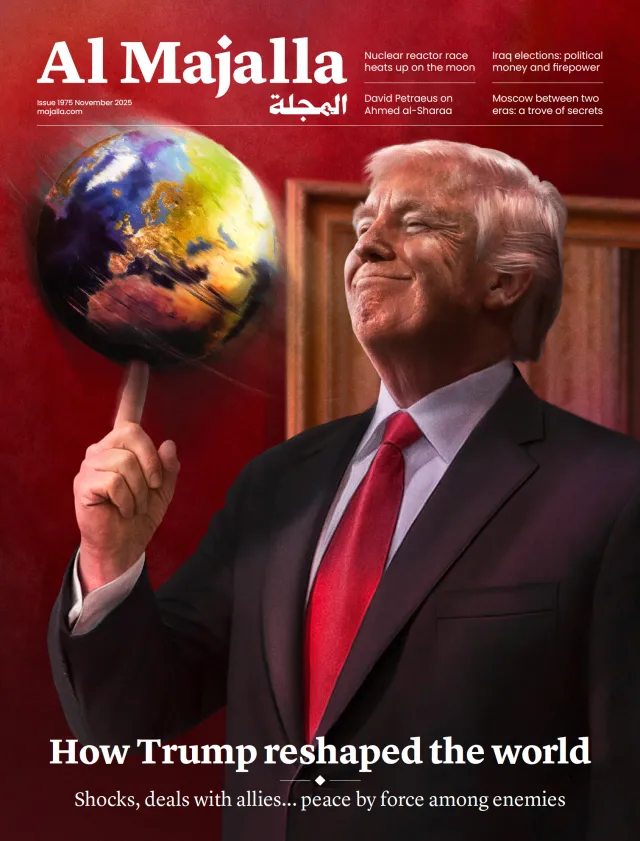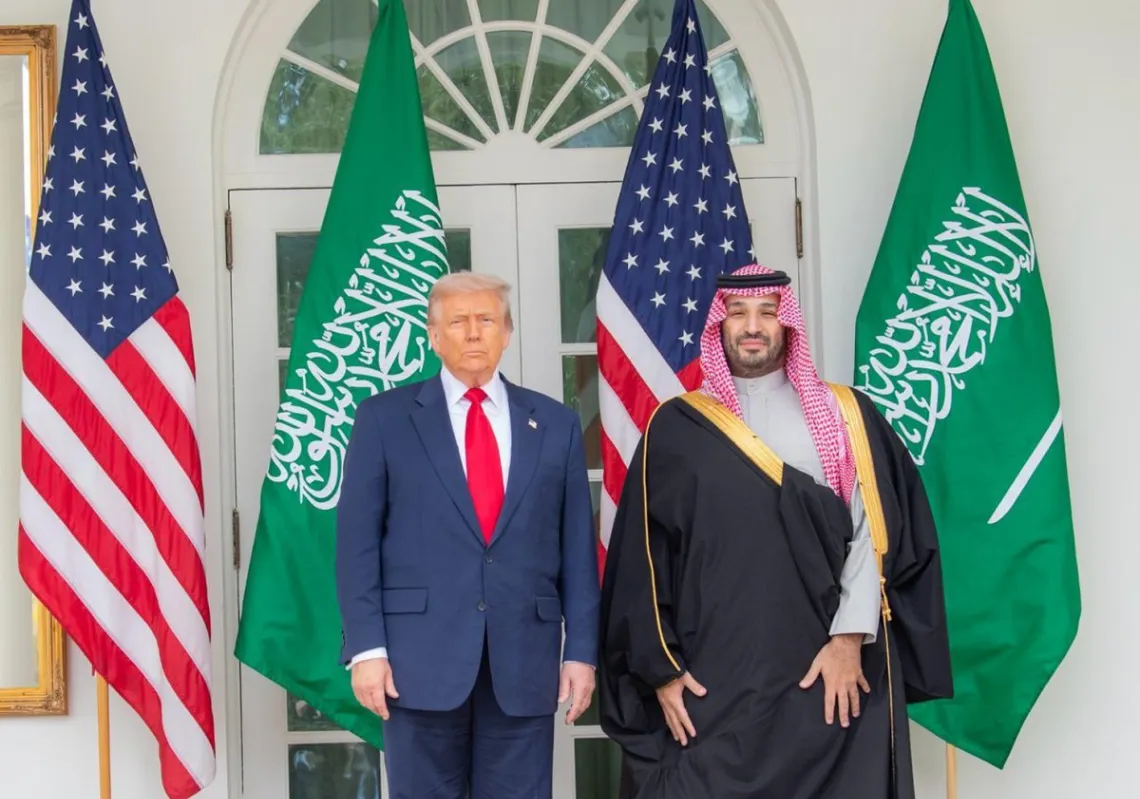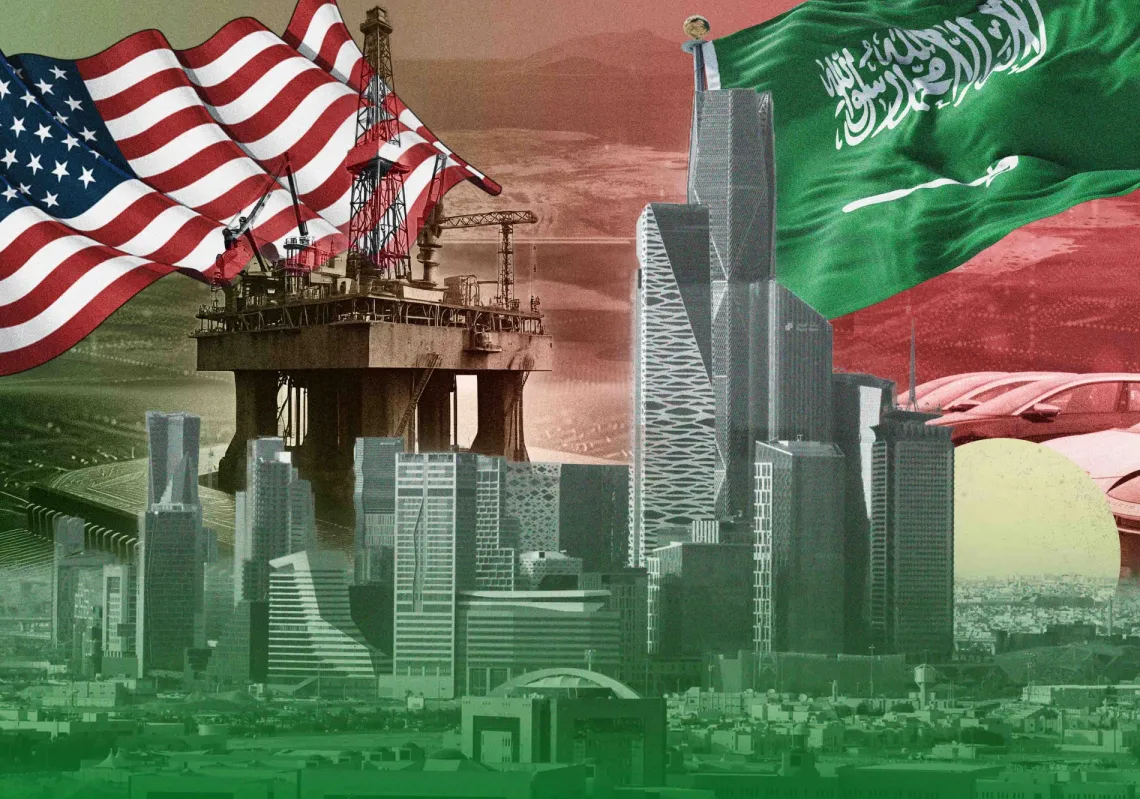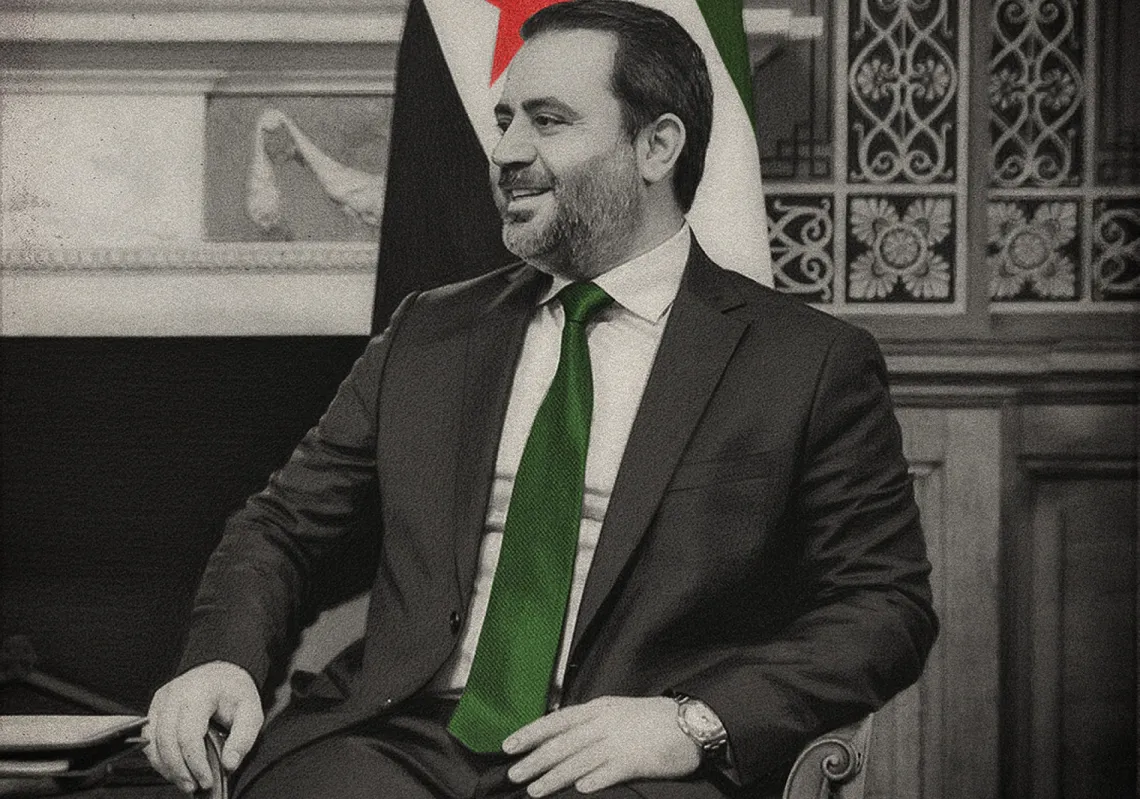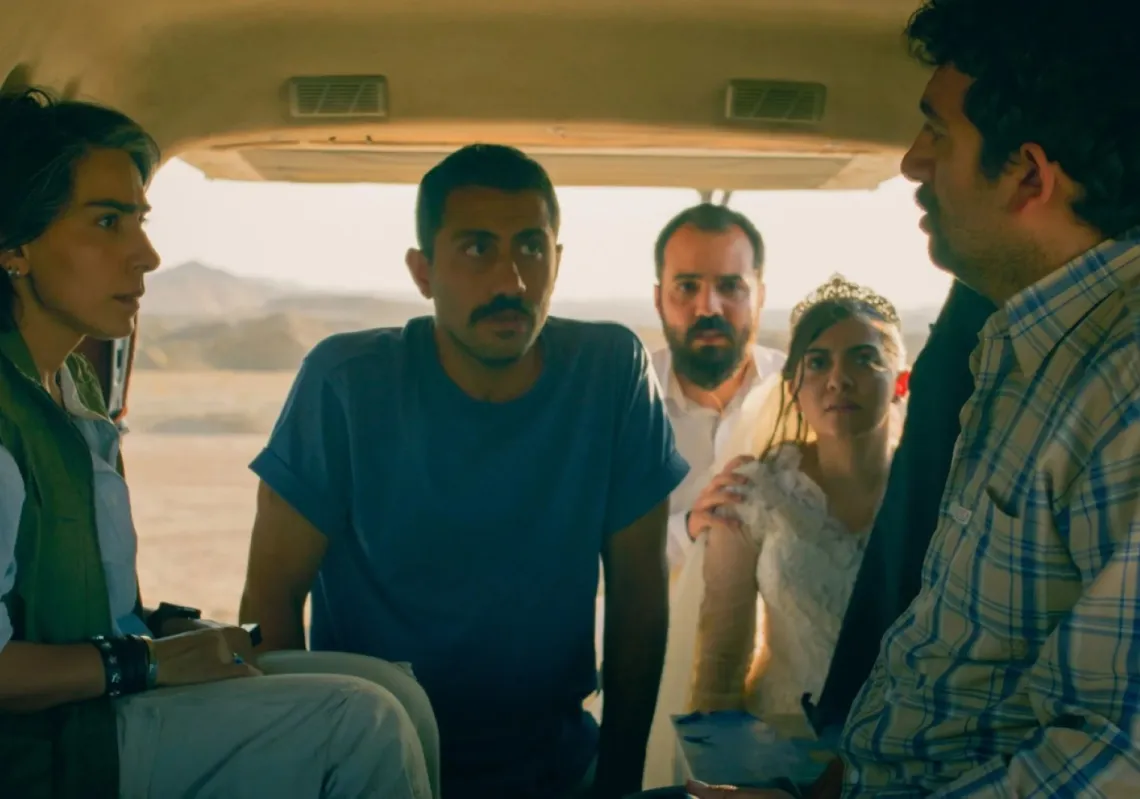Despite its reputation as a world-class destination for culture, Beirut’s art scene has been hindered by sociopolitical factors since the mid 1970s—as the onset of the Lebanese civil war in 1975 marked the end of the city’s reign as an intellectual center. Once home to the region’s leading thinkers, activists and artists, nearly two decades of war not only ravaged the country’s civil infrastructure, it also viciously shook the national psyche. During this time artists often produced in isolation or in exile against the backdrop of the Lebanese art world, which was at a virtual standstill. Although the conflict ended in 1990, Lebanon continues to be plagued by incessant squabbles among various factions, not to mention excessive bureaucracy mixed with political corruption.
A number of shattering events, such as the assassination of Prime Minister Rafik Hariri in 2005 and the Israel-Hezbollah war one year later, have only perpetuated its instability. As mere survival and reconstruction have been Lebanon’s focus over the past 20 years, the cultural sector has long suffered with a lack of official sponsorship and little interest from the public. This has created the desperate need for independent initiatives, which a handful of artists, curators and cultural practitioners have worked assiduously to create.
It is amidst this dismal setting that the Beirut Art Center (BAC) opened its doors in early 2009. Founded by former gallerist Sandra Dagher and new media artist Lamia Joreige with the support of private donors, the groundbreaking non-profit association has quickly become indispensable to the Lebanese art scene. With an expansive gallery space, a screening and performance room, a mediatheque and bookshop, the art space offers a wide range of events that are open to the public throughout the year, including local and international exhibitions, lectures, workshops and concerts. Located in an up-and-coming industrial area on the outskirts of the city near the Beirut River, the center has shifted the peripheries of creativity and discourse in both a physical and intellectual sense. (Another prominent organization, Ashkal Alwan, the Lebanese Association for Plastic Arts, will be opening its long awaited Homeworks Academy, geared towards artists, students and researchers, in a hallowed warehouse next door).
With a number of critically acclaimed events and projects, such as the solo shows of leading contemporary artists Akram Zaatari and Walid Sadek, and group exhibitions that step out of the so-called regional box like “America” (2009)—which brought the work of high profiled artists Kara Walker and Jenny Holzer to the Middle East—BAC has seized the attention of the global art scene furthering Beirut’s profile. It has done so because of the seasoned understanding of the Lebanese art scene possessed by both its founders and collaborators. From guest curators such as art dealer Saleh Barakat to multidisciplinary artist Rabih Mroue, who serves on BAC’s board, the center has worked within an intricate network of the local scene. As such, the general reaction to its programming has been overwhelmingly affirmative and enthusiastic.
“Since our opening we are happy that the response of the local audience has been very positive,” confirmed Dagher and Joreige. “We have regular visitors and a varied audience, especially because of our weekly parallel events. We also have very positive responses from international visitors.”
When asked about the regional and international challenges they might face, the co-directors asserted, “Our challenges are not necessarily regional or international; BAC is mainly a space for the local audience. The challenges of the center are of course like most of the non profit organizations—to insure our sustainability and to widen our audience.”
Dagher, the former owner of the successful commercial Beirut art space Espace SD and a co-curator of the first ever Lebanese Pavilion at the 52 Venice Biennale in 2007, is perhaps all too familiar with the arduous negotiations that are very much a part of the process of securing funding for cultural programming. So far the center has been able to obtain backing from several patrons and corporate sponsors in addition to the occasional support of foreign philanthropic organizations. The center’s foundational strength lies in what its co-curators refer to as its “cautious and realistic” structure, which has allowed it to execute its vision of serving as “a catalyst for the realization of contemporary art projects and for the interaction of local and international cultural players.”
Some detractors have accused BAC of focusing on a particular subset of the Beirut art scene, one dominated by new media and conceptual work created by the “post-war” generation that emerged in the 1990s and is now highly visible in the global art scene. While a number of previously featured artists do belong to this facet of Lebanese art, it is only to be expected, as both Joreige and Mroue are two of its pioneering figures. And yet the center seems to be finding the perfect balance between presenting both this world-renowned group alongside other well-known artists from across the region and those that might otherwise be overlooked.
During its first year of operation, for example, it presented a range of exhibitions—opening with “Closer,” featuring globally recognized Arab artists Mona Hatoum, Jananne Al-Ani and Emily Jacir, and continuing with “Exposure,” a juried group show of emerging talent, and “The Road to Peace: Paintings in Times of War 1975-1991,” which highlighted works that were executed by Lebanese modernists and contemporary painters during the Lebanese Civil War. With such a diverse history of art and an artistic landscape that is rapidly changing, it is actually quite striking that the BAC has been able to cover so much in such a short period of time. As it continues to evolve, the independent art space is sure to break further ground while ruffling some more feathers along the way—and that’s exactly what the Lebanese art scene needs.
Maymanah Farhat - Art historian specializing in modern and contemporary Arab art. She is based in New York.

